Aykut Koc
Quadruplet Selection Methods for Deep Embedding Learning
Jul 22, 2019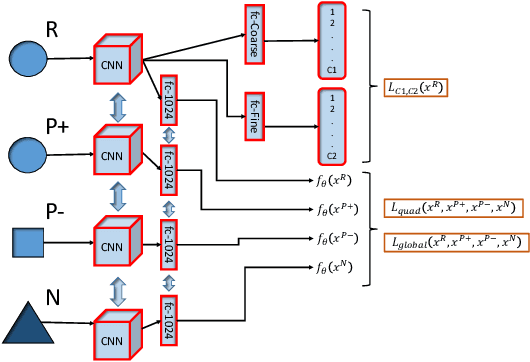
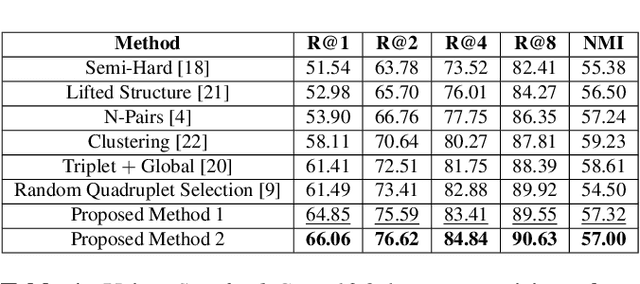
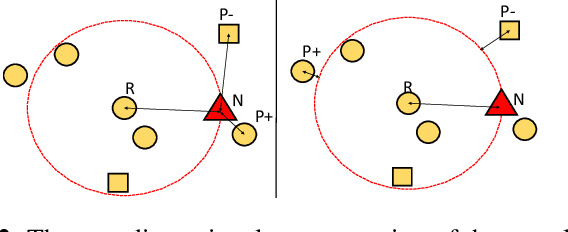
Abstract:Recognition of objects with subtle differences has been used in many practical applications, such as car model recognition and maritime vessel identification. For discrimination of the objects in fine-grained detail, we focus on deep embedding learning by using a multi-task learning framework, in which the hierarchical labels (coarse and fine labels) of the samples are utilized both for classification and a quadruplet-based loss function. In order to improve the recognition strength of the learned features, we present a novel feature selection method specifically designed for four training samples of a quadruplet. By experiments, it is observed that the selection of very hard negative samples with relatively easy positive ones from the same coarse and fine classes significantly increases some performance metrics in a fine-grained dataset when compared to selecting the quadruplet samples randomly. The feature embedding learned by the proposed method achieves favorable performance against its state-of-the-art counterparts.
Semantic Structure and Interpretability of Word Embeddings
May 16, 2018
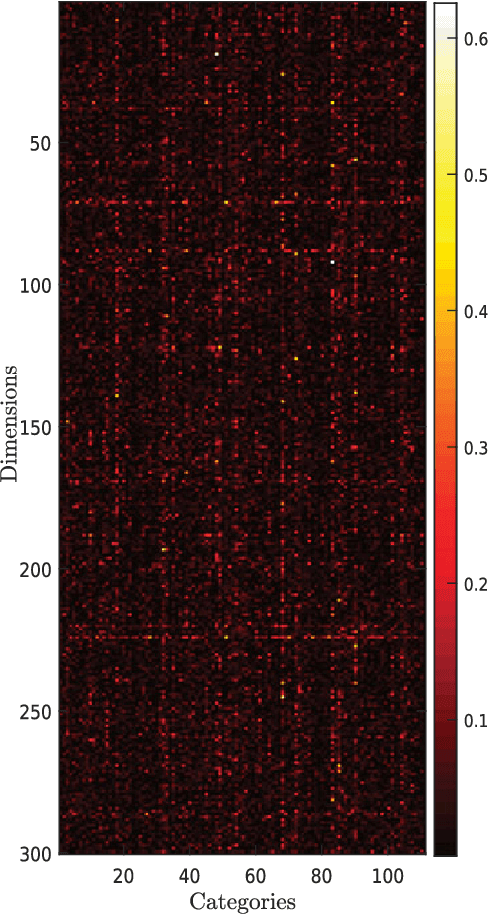
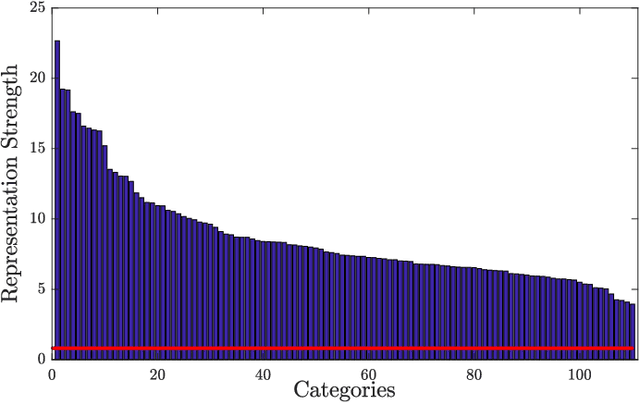
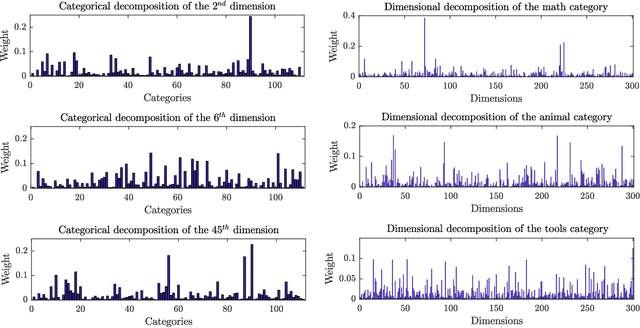
Abstract:Dense word embeddings, which encode semantic meanings of words to low dimensional vector spaces have become very popular in natural language processing (NLP) research due to their state-of-the-art performances in many NLP tasks. Word embeddings are substantially successful in capturing semantic relations among words, so a meaningful semantic structure must be present in the respective vector spaces. However, in many cases, this semantic structure is broadly and heterogeneously distributed across the embedding dimensions, which makes interpretation a big challenge. In this study, we propose a statistical method to uncover the latent semantic structure in the dense word embeddings. To perform our analysis we introduce a new dataset (SEMCAT) that contains more than 6500 words semantically grouped under 110 categories. We further propose a method to quantify the interpretability of the word embeddings; the proposed method is a practical alternative to the classical word intrusion test that requires human intervention.
* 11 Pages, 8 Figures, accepted by IEEE/ACM Transactions on Audio, Speech, and Language Processing
 Add to Chrome
Add to Chrome Add to Firefox
Add to Firefox Add to Edge
Add to Edge